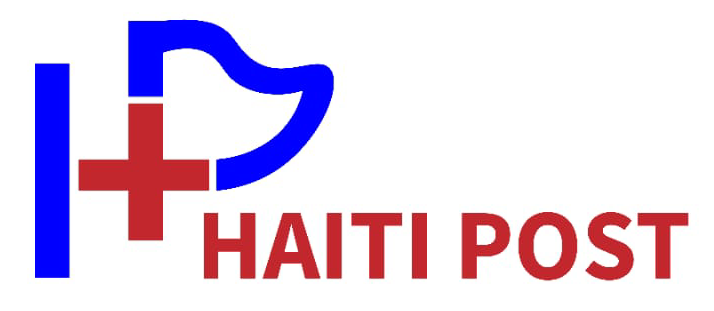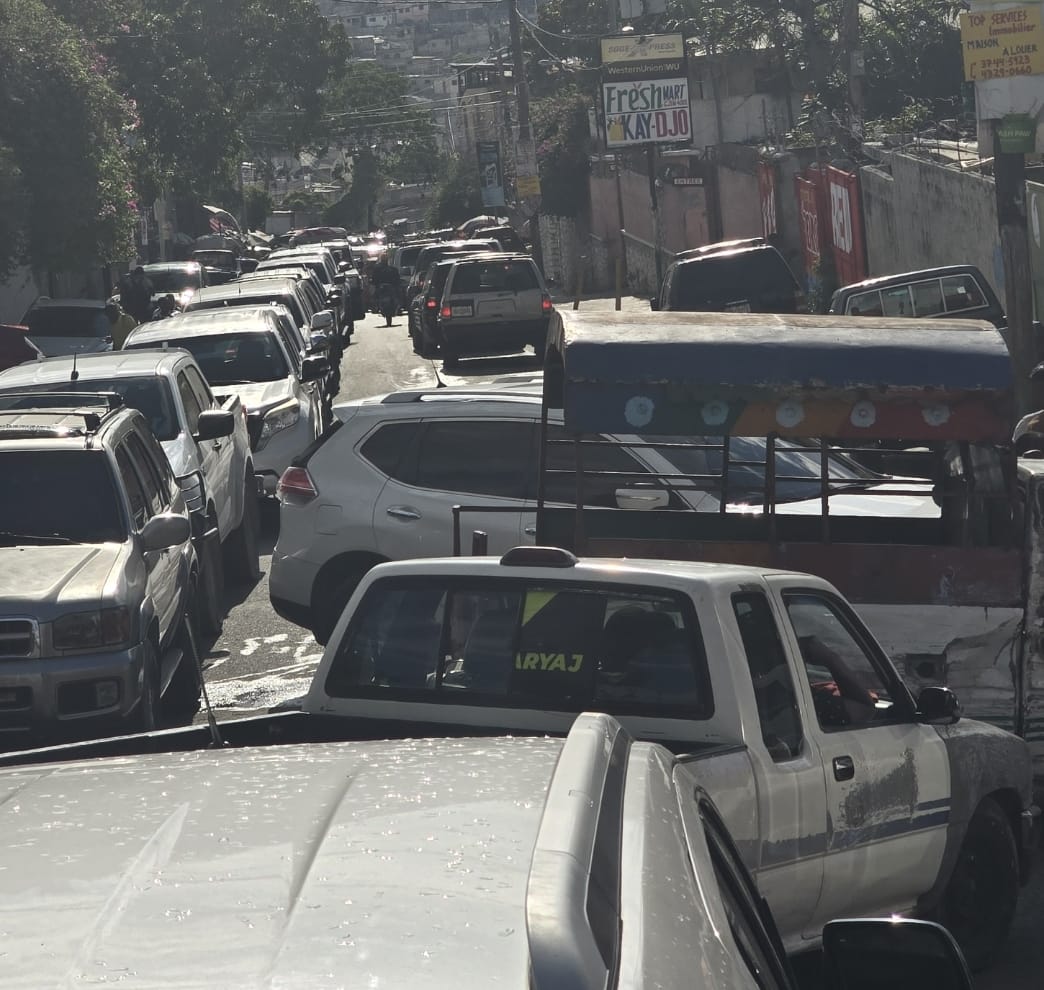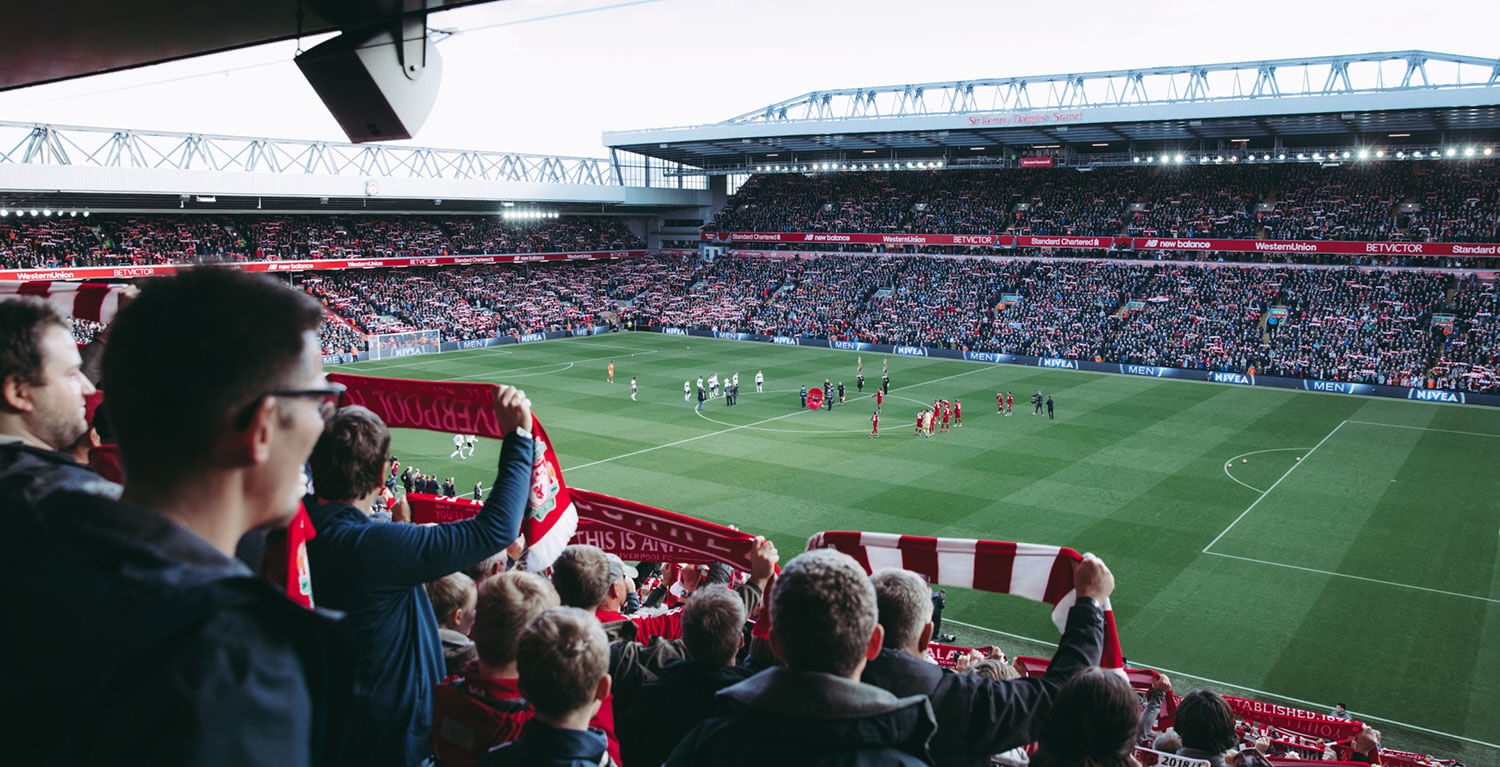New York, USA – In the shadow of Port-au-Prince’s descent into gang-controlled chaos, the hillside commune of Pétion-Ville is rapidly transforming into an overcrowded, paralyzed refuge. Once a symbol of relative stability and economic activity, it now finds itself suffocating under the weight of an entire city in flight.
As insecurity swallows large swaths of the capital — with the coalition of gangs known as Viv Ansanm asserting dominance over key districts — the exodus of people, businesses, and informal transportation systems has rerouted daily life to Pétion-Ville. What was never designed to handle such volume is now bursting at the seams.
The result? Total gridlock. Roads such as Bourdon and Canapé-Vert are choked from dawn to dusk. Traffic jams stretch for miles. Pedestrians, motorcycles, and vehicles alike compete for every inch of the asphalt. At rush hour, the city’s streets resemble frozen rivers of metal — cars immobile, engines idling, horns blaring in unison.
“Driving through Pétion-Ville has become a test of endurance. People are trapped in their cars for hours,” noted a frustrated commuter interviewed by Haiti Post. “It’s no longer a city — it’s a bottleneck.”
Motorcycle taxis, known locally as “motos,” are multiplying by the thousands, weaving aggressively between cars, worsening the chaos. Informal vendors, pushed out of downtown markets, have laid claim to sidewalks and intersections, creating layers of human and vehicular congestion that city officials seem powerless to address.
This influx is not temporary. It is the byproduct of state failure. Port-au-Prince — the heart of Haitian political and economic life — has become ungovernable in many areas. With kidnappings, extortion, and violence now routine, those with the means to escape do so, pouring into Pétion-Ville, the last zone still perceived as marginally secure.
But the survival of one commune cannot offset the collapse of an entire capital. As thousands seek sanctuary, Pétion-Ville’s fragile infrastructure is cracking. Public services are overwhelmed. Real estate prices are skyrocketing. Tempers are flaring. The social contract is fraying.
“This is not just about traffic,” explains a local urban planner. “It’s a symptom of a deeper dysfunction — the inability of the Haitian state to protect and manage its own capital. Pétion-Ville is absorbing the shock, but for how long?”
The government has yet to offer a coherent response. There is no plan to decongest Pétion-Ville, no emergency zoning reform, no visible urban strategy. The silence is deafening.
Meanwhile, residents brace for the worst. In the absence of a functioning national response, many fear Pétion-Ville could become the next flashpoint — not of hope, but of collapse.
As the streets grow tighter and the pressure mounts, one question remains: when will the last safe zone stop being safe?
Reporting based in part on observations shared by Gazette Haïti.
Source: https://x.com/GazetteHaiti/status/1918437153211642317
By Haiti Post Staff





